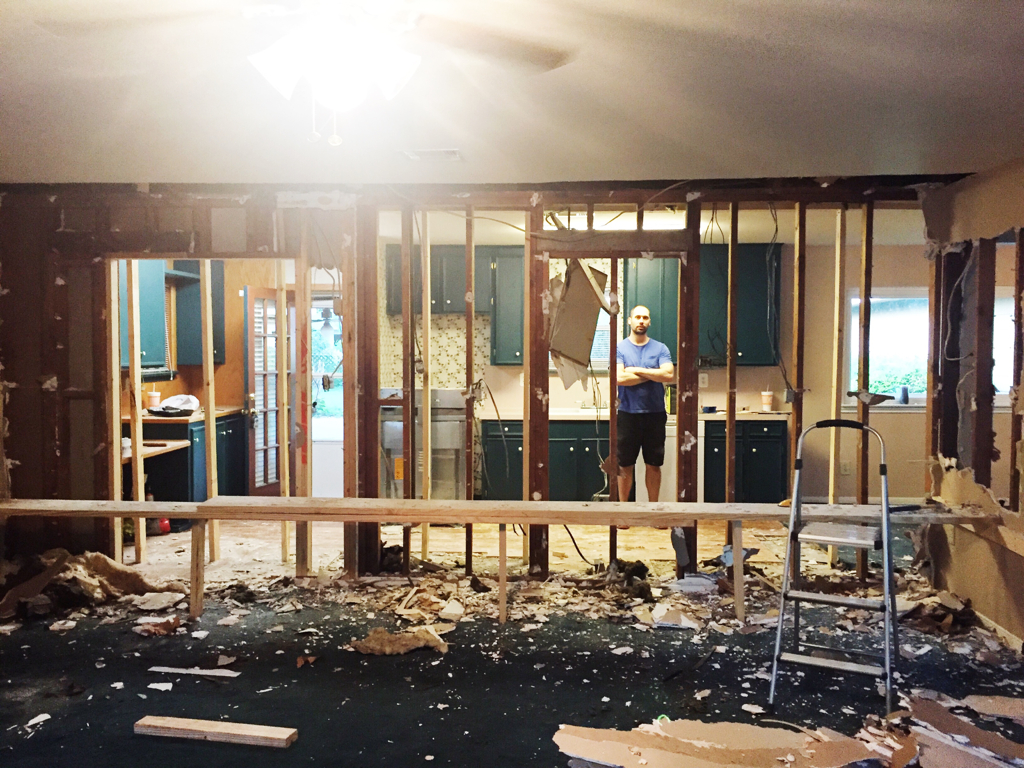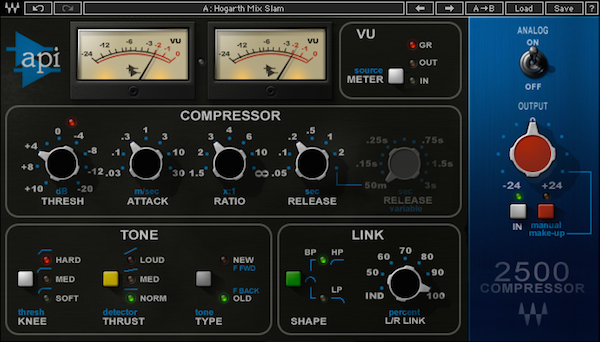If you're an independent artist/songwriter who has released music that was written with co-writers, what you owe those co-writers once the money starts to come in can be a bit complex and confusing.
Most independent artists release their music via distributors like TuneCore, CD Baby, DistroKid, etc… or artist managed stores like BandCamp or Loudr. As the streams and downloads rack up, money is generated and placed in the artist/writer owned account with their distributor of choice.
Here's the breakdown of an example a friend recently asked me about, concerning payouts to co-writers.
He is an independent artist, who brought in some friends to co-write with him on 2 songs from his most recent release. He self funded the recording and release of the project (which means he owns the masters and acts as his own label), and distributed through CD Baby.
Once the album was released, it was streamed on Spotify, Apple Music, and other streaming sites. It was also downloaded on iTunes, Amazon mp3, and other purchase to download sites.
Money from these streams and purchases was generated and placed in the CD Baby account.
So, what does this independent artist owe to his co-writers?
The only money owed to the co-writers from the CD Baby money is a mechanical royalty for each purchased download in the US (iTunes, Amazon mp3, Google Play, etc…). This royalty is set by law, and is 9.1 cents per download, divided amongst the songwriters based on their ownership percentage. In countries other than the US, this mechanical royalty is paid to a collection agency who then pays the songwriter/publisher directly, not the owner of the master and/or their distributor.
There is no money owed to the co-writers from money paid by the streaming sites through CD Baby (or whatever distributor is used).
The reason for this is that the mechanical and performance royalties owed the co-writers are to be collected by their publisher and PRO (ASCAP, BMI, Sesac, or GMR). Those monies are not payed through to the artist/writer who release the material via BandCamp or TuneCore (or other distributor).
To calculate the payments owed to co-writers, my friend would need to:
-Log in to his CD Baby account (or TuneCore, Band Camp, etc…)
-Count up how many song downloads have been purchased of a particular song (excluding streams). Most distributers make this easy by allowing you to search your account to filter “downloads” in “US”.
-Multiply number of downloads x 9.1 cents = TOTAL Mechanical payments owed to all writers of the song
-Take the TOTAL, and using each songwriters percentage of ownership, calculate how much each writer is owed from the TOTAL mechanical payment for each song
Because streaming has overtaken downloads, this will usually be a relatively low amount of money. The rest of the money owed the co-writers will be collected by their publishers, PROs, and other collection agencies like the Harry Fox Agency.
If you are a co-writer, and interested in receiving all of your cut, here’s a great article by Ari Herstand about all of the revenue headed your way, and who can, will, and should collect it on your behalf:
https://www.digitalmusicnews.com/2016/02/15/how-to-get-all-the-royalties-you-never-knew-existed/
One side note…mechanical payments (and other music business details) are about to shake up. Congress has just passed the Music Modernization Act, which will change things a bit once it is signed into law. All for the better. Until then, the details in this blog will hold up.
Ty

















